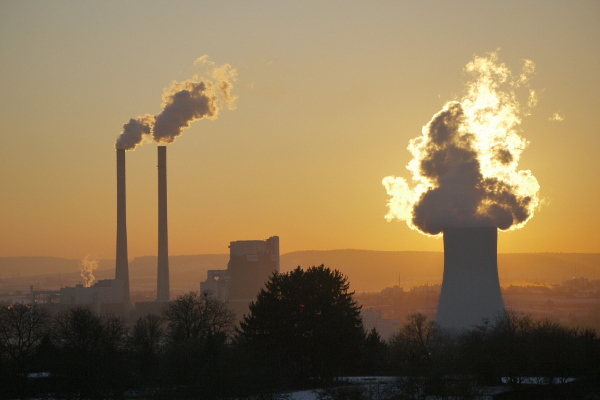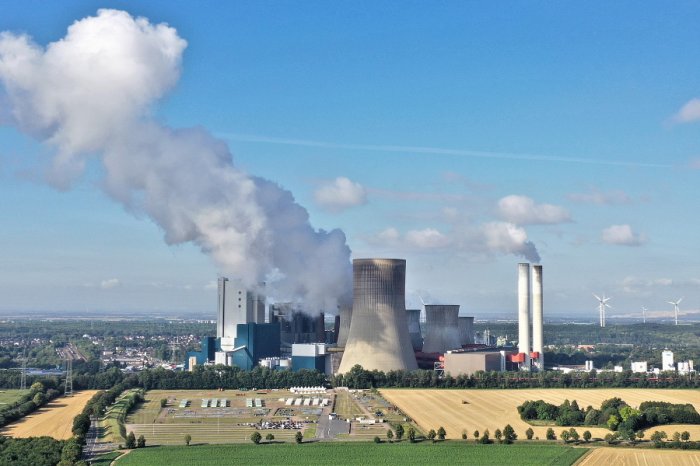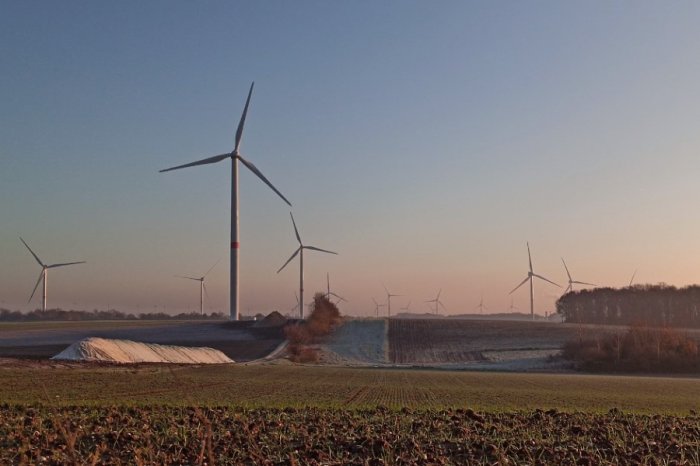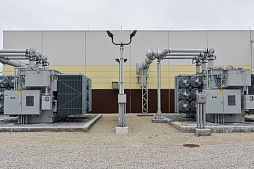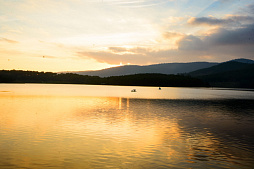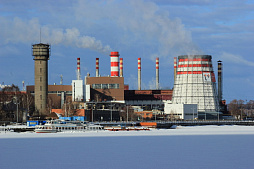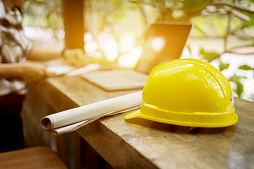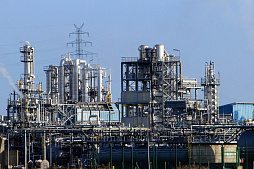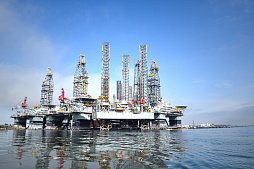Financing, engineering and construction for steam power plants (SPP)
Costex Corporation DBA offers:
• Investment financing from $ /€ 5 million or equivalent and more
• Minimizing the contribution of the project promoter
• Investment loan term up to 20 years
• Credit guarantees
Being a kind of bridge to the future, such energy facilities continue to provide the population and industrial consumers with cheap energy.
Today, energy companies are forced to solve numerous technical, financial and environmental problems, meeting the growing demand for electricity and flexibly responding to load fluctuations caused by the introduction of RES.
The construction of steam power plants with high efficiency and minimal emissions can improve the situation by increasing the competitiveness of thermal energy.
According to the EIA, the average age of thermal power plants in the United States today reaches 40 years.
In some countries this figure is even higher. By 2050, the share of fossil fuels in the global energy mix will be about 50%. Under these conditions, the efficiency of TPPs will be critically important for a sustainable future. It is obvious that numerous steam power plants today require deep modernization.
LBFL (Spain) offers comprehensive professional services in the energy sector:
• Pre-investment research.
• Financing large energy projects.
• Engineering design of thermal power plants of all types.
• Construction of steam power plants under the EPC contract.
• Modernization of energy facilities.
• Operation and maintenance.
Together with international partners, we are present in Europe, Latin America, North Africa and the Middle East.
An impeccable reputation and satisfied customers in many countries are the best confirmation of our commitment to innovation and high service.
Our specialists are ready to provide you with any services related to the financing of TPP projects.
Contact the company's consultants to learn more about our services.
Modern classification of thermal power plants
Currently, there are different methods of generating electrical energy from fuel combustion, which differ depending on the type of fuel and the specific combustion technology.The main fuels for this purpose are coal, oil, gas, petroleum coke and biomass.
The combustion of each of these fuels is different, therefore, in the engineering design of TPPs, different approaches are applied to fuel preparation (drying, grinding), the choice of generators and turbine equipment.
Thermal power plants are divided into several groups:
• Conventional steam power plants. Power generation is based on the use of high-temperature steam to rotate the turbine shaft.
• Gas turbine power plants. Modern and highly efficient facilities that use one or more gas turbines. Mostly they use flammable oil products or natural gas.
• Combined cycle power plants (CCGT-TPP). This technology combines two types of turbines, the first of which is driven by heat resulting from the direct combustion of gas, and the other is powered by the use of residual heat. These power plants are characterized by high efficiency and lower environmental impact.
• Thermal power plants with piston engines. This type of TPP is used extremely rarely today and is mainly limited to small projects.
• Dual-fuel TPPs. The peculiarity of the engineering design of these energy facilities is that they need to be adapted to several available types of fuel (usually oil products and gas). Combustion processes can vary between classic or combined cycle, depending on the fuel used. There is also co-firing technology, which involves, for example, the simultaneous firing of prepared biomass with coal.
At present, thermal energy in the world is radically changing, while a combined cycle is often used for the planned modernization of conventional steam TPPs.
When it comes to fuel, natural gas continues to gain in popularity.
Nevertheless, the construction of new steam power plants is of great importance for local economies, especially in terms of co-firing waste and coal. These projects are actively developing in regions of the world with intensive agriculture and logging due to the high energy potential of waste generated in these processes.
Equipment and operating principle of a steam power plant
Classic steam power plants use heat from fossil fuels such as coal, gas and petroleum products as an energy source.Recently biomass has become a promising type of renewable fuel.
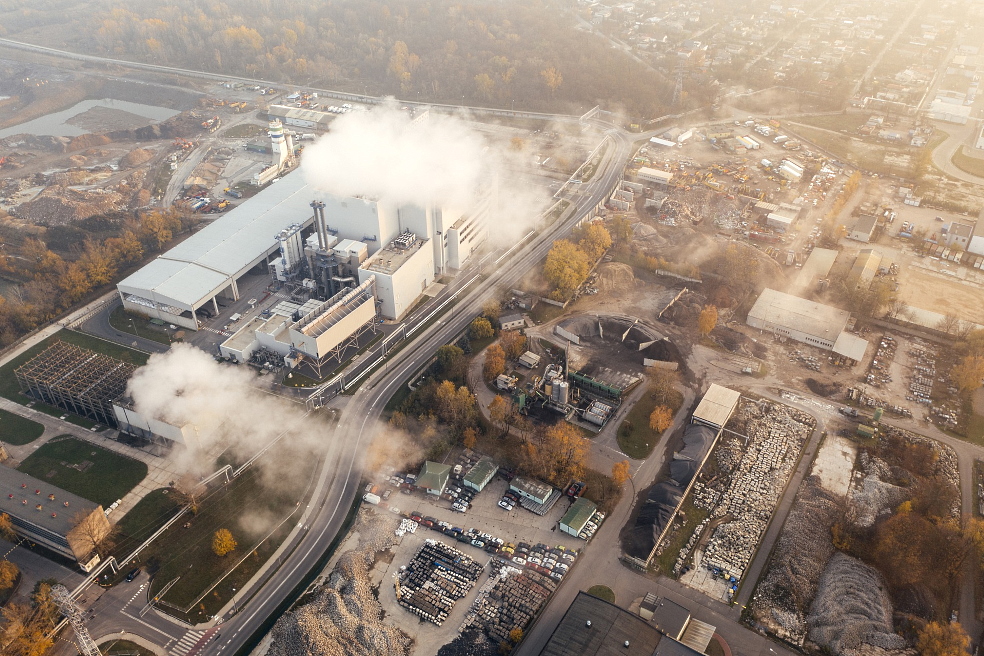
The principle of operation of steam turbine power plants is considered simple. The fuel is burned in a boiler that generates thermal energy, which is used to generate steam from the water circulating through the piping system. This steam drives a steam turbine and converts thermal energy into mechanical energy, which generates electricity in an alternator.
The construction of a steam power plant is a complex multi-stage process that requires time-consuming and expensive research, approvals and permits. These objects are distinguished by an impressive area.
Thermal power plants require extensive infrastructure development, and in many cases leave a deep ecological footprint.
Thermal power plants are usually located close to seas, lakes or rivers in order to make it easier to obtain large volumes of water to cool equipment. These facilities can operate on coal as well as on fuel oil and natural gas. Typically, fuel oil arrives at TPPs through pipelines and is stored in tanks. Natural gas, in turn, is supplied through a special gas pipeline. Solid fuels are usually delivered by rail, which requires the construction of additional infrastructure.
During the engineering design of steam power plants, it is important to select the most suitable equipment and design the layout.
Consideration should be given to the planning of components such as cooling pond, pipelines, railway and unloading station, sludge storage, and so on.
Table: main elements of a steam power plant.
| Element | Short description |
| Steam condenser | This element is used to condense steam. Water is taken from natural reservoirs and filtered to remove various impurities. In some cases, pumps send steam to the condenser. After use, the cooling water returns to the sea or river through the drainage channel. |
| Water treatment plant | The water treatment plant is designed to fill the steam-water circuit with deionized water obtained by chemical treatment of water from a city water supply system or natural sources. During processing, dissolved salts (sulfates, chlorides, calcium, magnesium and sodium silicates, bicarbonates) are removed, resulting in chemically pure water. |
| Boiler and steam generator | The fuel is fed to the burners, where combustion takes place using oxygen. Compressors inject preheated oxygen into the boiler, providing intense combustion with the release of a significant amount of heat. The resulting heat converts the water into high-temperature steam, which drives the turbine shaft. |
| Steam turbine | High-temperature steam under pressure expands in the turbine, so most of its energy is converted into mechanical energy of rotation of the shaft. A steam turbine usually contains a single shaft that rotates at about 3000 rpm. |
| Alternator | The alternator converts the mechanical energy of the rotating turbine shaft into electrical energy, which is then fed to the grid. This equipment is cooled using air or multi-jet hydrogen cooling systems, which in turn must be cooled by sea or river water. |
| Control room | The monitoring and control system of each unit of the steam power plant is an integrated system in which all parameters of the boiler, turbines and alternator are linked to each other and controlled from a single point. In addition to power generation controls, the control room also has sophisticated instruments for measuring and monitoring main environmental parameters. |
The efficiency of steam power plants is considered to be much lower compared to combined cycle power plants that use steam and gas turbines at the same time.
For most steam power plants of the old type, the efficiency barely reaches 40%, but modern supercritical steam generators achieve an efficiency of about 50%.
The correct choice of equipment plus professional engineering design, combined with sufficient funding, are the key conditions for achieving high performance in this type of facility.
Engineering design of steam power plants step by step
The implementation of a TPP project includes several stages that require a certain amount of time and resources.Research, collection of accurate technical and geological data, project approval. All of this plays an important role in the final success of any energy project.
Engineering design of steam power plants includes the following stages:
• Research. The LBFL team provides a full range of financial, legal, marketing, technical, geological and climatic studies for your project.
• The concept of the project. Our specialists analyze possible energy generation technologies, choose the best options for the power plant, plan work taking into account various factors.
• Preparation of technical documentation. The results of numerous studies, the rationale for the choice of the construction site and other data become the basis for technical documents containing a complete description of the power plant from A to Z.
• Purchase and installation of equipment. We partner with leading electrical and turbine suppliers to make your projects better.
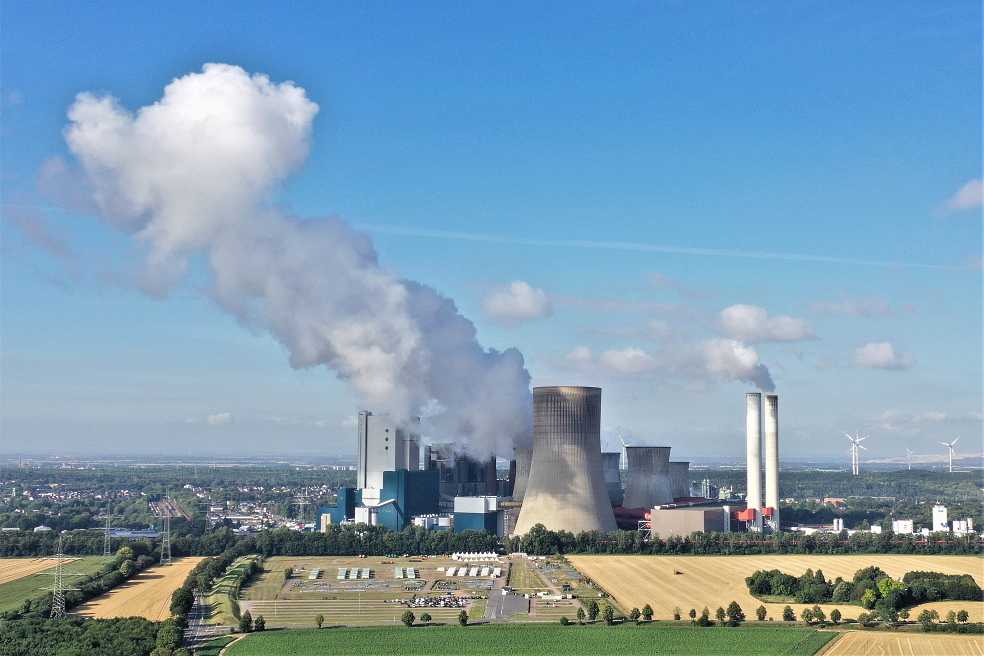
Modern engineering is not limited to the technical side of the project.
Our company makes every effort to bring your investment plan to life.
Thermal power plants, despite the latest advances in exhaust gas and wastewater treatment technologies, pose a certain threat to the environment.
For this reason, competent planning requires prior approval of the project with the local community and authorities of a particular region.
Our team takes on the responsibility of negotiating with a variety of stakeholders, ensuring a smooth and seamless project completion for the customer.
Contact us to find out more.
Steam power plant construction cost
Many companies are interested in the cost of engineering design and construction of steam power plants.The total cost of a project is always determined by a combination of factors, which we will discuss below. Any figures without analysis of a specific project should be considered approximate.
In general, a steam power plant with a capacity of 500-700 MW can cost about 500,000 euros per MW.
If construction is carried out under the EPC contract (single general contractor), this figure increases.
Major investment costs include:
• Civil engineering.
• Boiler and steam generator installation.
• Construction of a water cooling circuit.
• Installation of a turbine group (steam turbine and generator).
• Ancillary equipment and control systems.
• Construction of an electrical substation.
• Laying of power lines.
Significant investments are also associated with research, engineering design, obtaining permits, construction of a cooling pond, etc.
When assessing the cost of building a steam power plant, internationalization factors (project implementation in another country) should be considered. In addition, any construction under an EPC contract will be slightly more expensive due to the general contractor's margin, which is usually 10%.
It is important to take into account the factors of hiring local staff in the host country, the cost of obtaining permits and licenses, the cost of importing equipment and building materials (import taxes, travel costs and customs duties).
LBFL's professional consultants will help you calculate the cost of the project based on all of the above factors.
With extensive experience in the construction of power plants around the world, we, together with partners, will implement your project in the optimal time frame with minimal costs.
Our team is actively involved in financial modeling, advising foreign customers on project financing.
Through cooperation with major banks, we also help our clients in obtaining loans for the construction of steam power plants and other large energy facilities.



